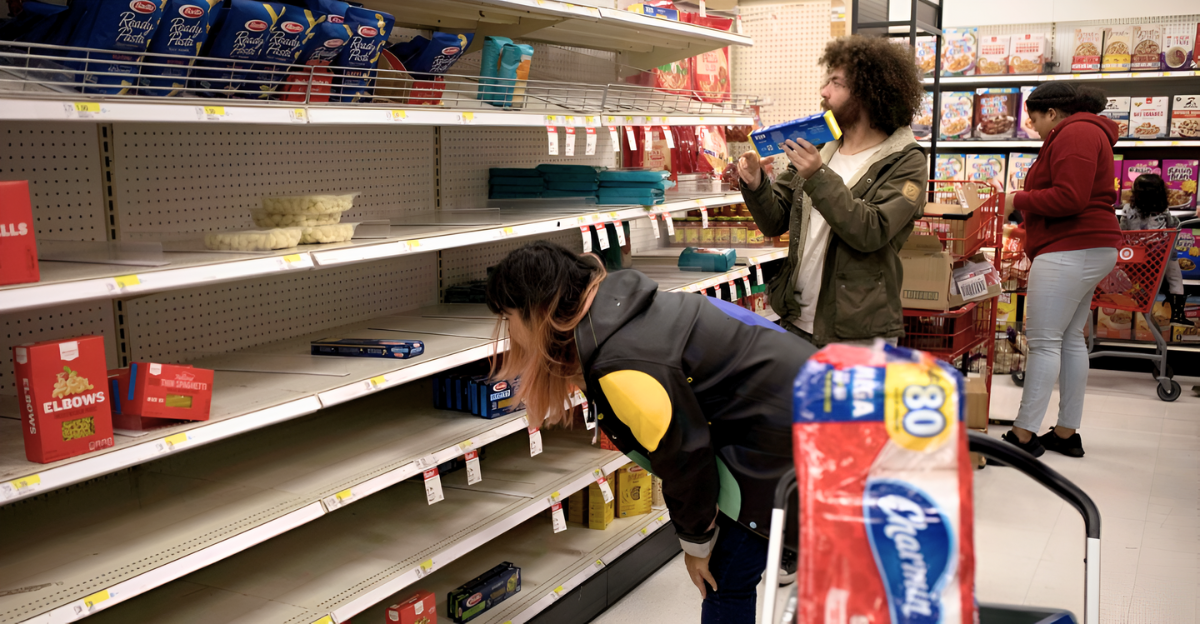
Inflation in the United States surged in June, with consumer prices rising 2.7% year-over-year — the biggest jump in five months. This acceleration comes after a period of relative calm, making the uptick more jarring for everyday Americans.
Analysts attribute the rising costs now straining households to President Trump’s sweeping new tariffs on a wide range of consumer goods.
As summer spending picks up, economists caution that the true impact is only beginning to appear in official data. “Tariffs will likely increase prices more dramatically in the months ahead,” said Daniel Hornung of MIT.
Escalation: Everyday Items Cost More
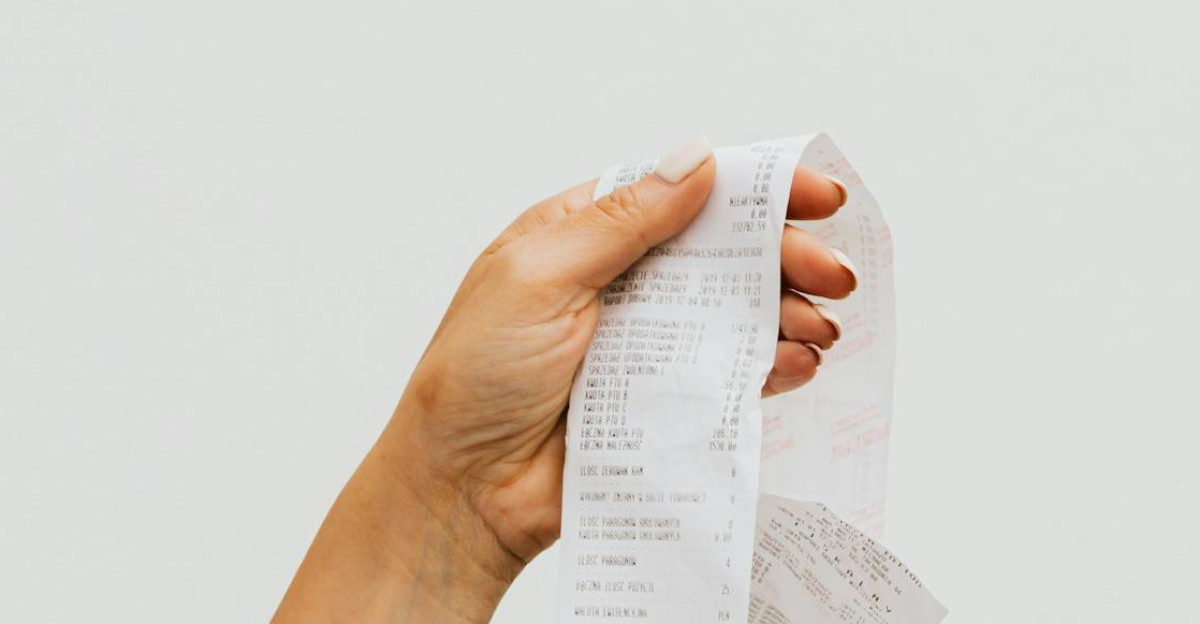
Soaring prices for goods subject to tariffs rose sharply in June. Coffee climbed 2.2% for the month, toys jumped 1.8%, and large appliances were up 1.9%.
Yale University analysis estimates that American households could pay $2,400 more this year if newly announced tariffs remain in effect, marking some of the steepest annual price hikes since the 1930s.
Monthly, the Consumer Price Index climbed 0.3%, double the previous month’s pace, an indication that the “tariff pass-through” to store shelves has only just begun.
Consumers are starting to notice it in everyday purchases, from grocery aisles to top retail checkout counters.
Trade Policies
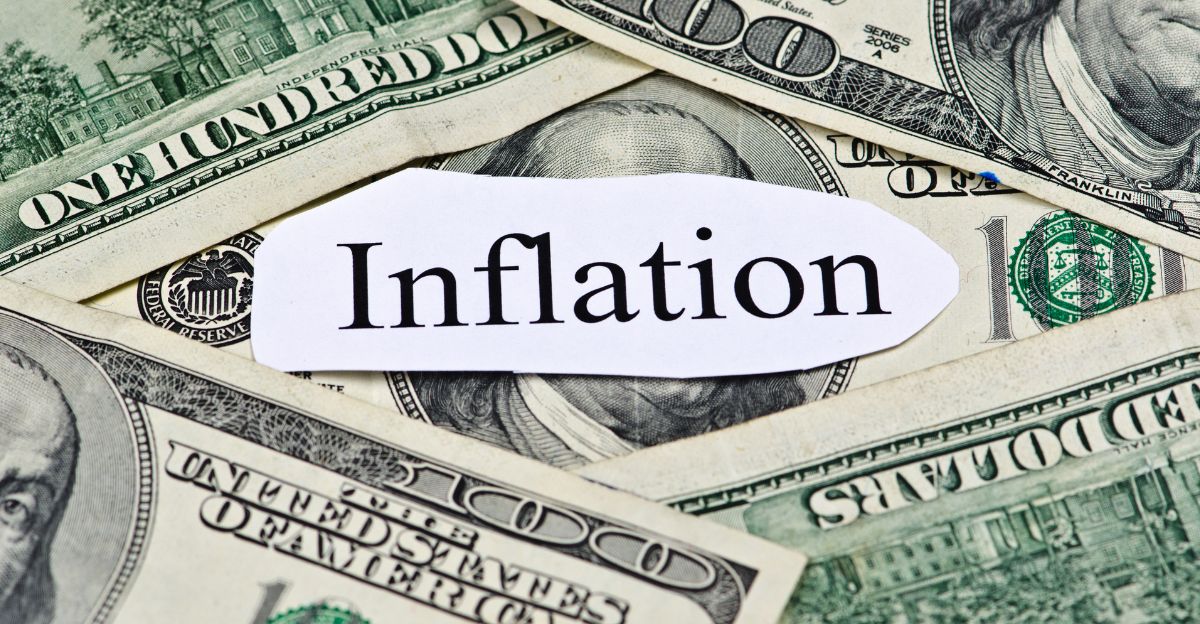
The path to today’s price hikes runs through years of fluctuating U.S. trade policy. Initially, the 2025 tariffs targeted China and certain metals in February and March, while the bulk of the major levies were all rolled out in April and July, many without formal announcements and with subsequent adjustments.
This staggered approach sowed confusion for importers and businesses, who were unsure which goods would be hit or spared.
A number of companies frantically ramped up imports before deadlines, causing temporary inventory gluts, but also complicating the timing of when costs would filter out to retail prices.
Pressure Builds
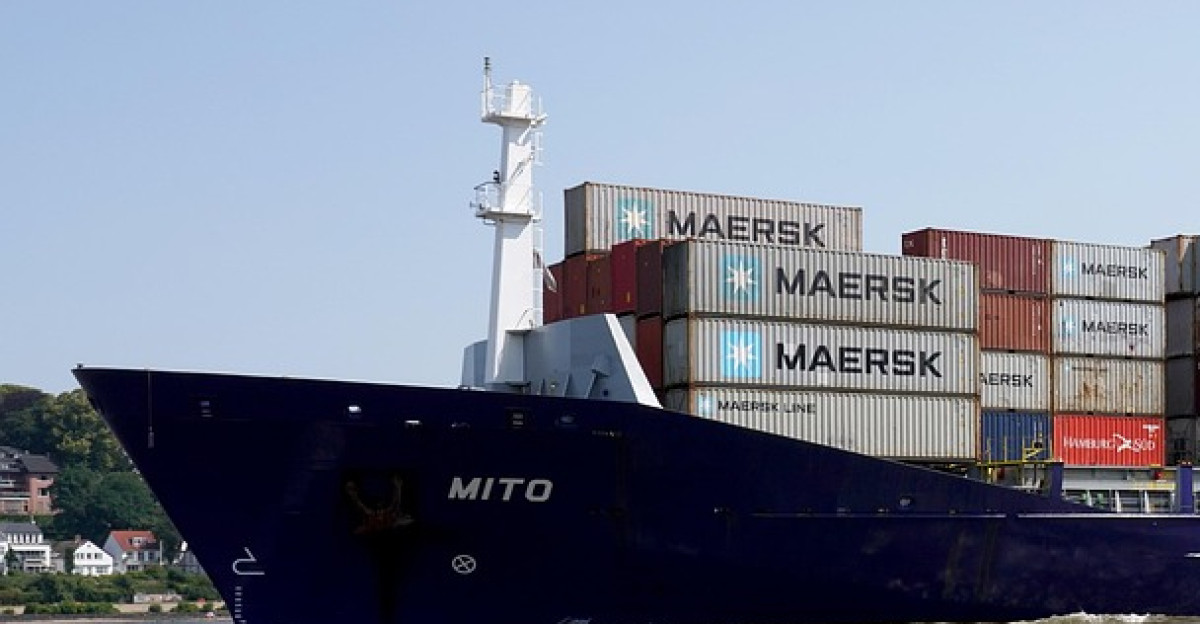
Shipping times and layered supply chains mean tariff costs don’t reach consumers overnight. Imported goods can take weeks to arrive, then move through factories, warehouses, and distribution networks before reaching shelves.
Businesses initially attempted to “eat” some of the additional costs, but as inventories dwindle and the tariffs remain in place, buyers are bearing more of the burden.
Goldman Sachs has estimated that 70% of tariff costs will ultimately fall on consumers, possibly even more if domestic producers raise prices, too. Economists warn this sets up a steady buildup in inflation this year.
Turning Point: Inflation Jumps in June Data
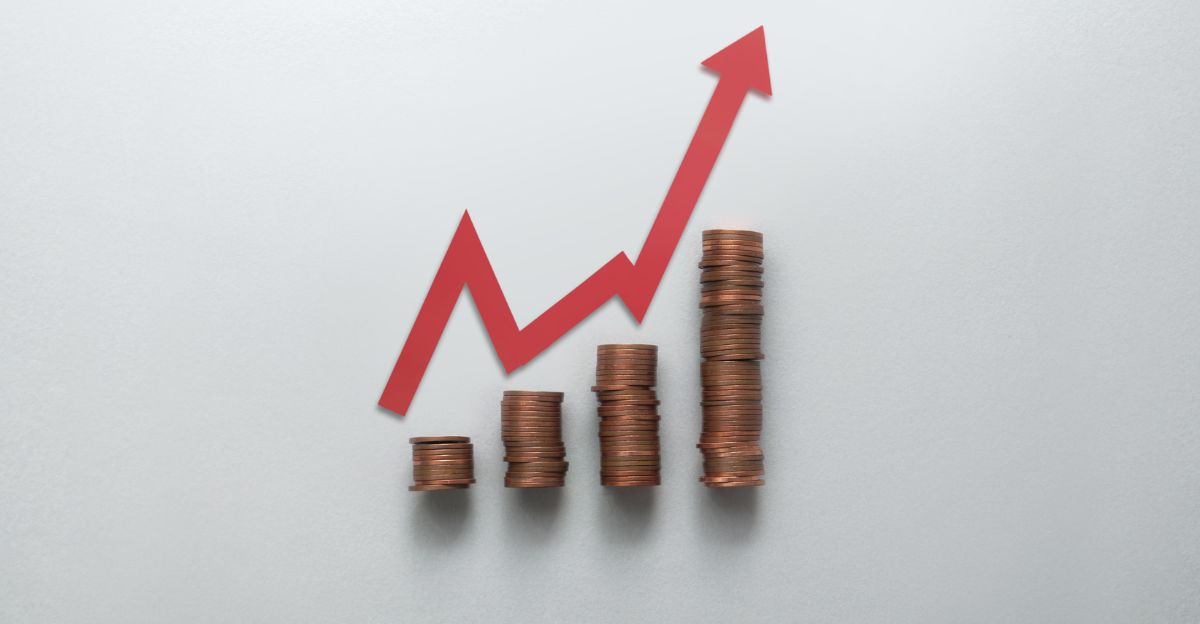
The Bureau of Labor Statistics’ June CPI report delivered the clearest signal yet: tariffs are materially increasing prices. Annual inflation jumped to 2.7%, with core inflation at 2.9% – both higher than expected and at their strongest since February.
Among the categories of products hit by tariffs — household furnishings, apparel, toys, and major appliances — saw some of the steepest increases.
Daniel Hornung pointed out, “This marks the first inflation report where tariffs are beginning to show up materially in key categories,” and analysts’ forecasts expect further price escalation in the coming months.
Region by Region: Localized Fallout Begins

While the tariffs apply nationally, their sting varies by region. States with stronger manufacturing, retail, or port sectors feel price hikes sooner.
For example, port cities and import-reliant regions in the Northeast and West Coast report the sharpest early jumps in appliance, furniture, and clothing prices, reflecting both shipping bottlenecks and immediate tariff exposure.
Meanwhile, rural states and the Midwest, with a stronger focus on agricultural and domestic goods, face pressure from retaliatory tariffs and costlier imported equipment. Economic modeling suggests the Midwest’s GDP could shrink by 0.4% this year due to tariffs and trade retaliation.
Personal Toll: American Feel the Squeeze

For households already stretched by years of high inflation, some new expenses crushed them. “Right now, I’m less concerned about inflation building on itself.” There’s still a cost to consumers who are struggling,” said Tyler Schipper of the University of St. Thomas.
Lower-income families whose budgets go disproportionately to everyday goods report scaling back discretionary spending. Grocery and retail clerks say customers are switching to generics or waiting for sales on big-ticket items.
Yale’s Budget Lab pegs the average short-run loss at $2,400 per household for 2025, underscoring the cut felt in wallets across the country.
Supply Chains

Businesses are reacting in divergent ways. Some are absorbing the costs, while others pass them on or subtly shrink the size of their packages — a trend that’s been dubbed “shrinkflation.”
Major retailers such as Walmart and Target, for example, report higher toy and apparel prices than the broader market, likely reflecting greater exposure to immediate tariff costs.
Meanwhile, private label and generic brands are expanding as consumers look for value. Some U.S. manufacturers gain momentary respite from diminished import competition, but they too face higher prices for parts and materials. Economists caution that the patchwork of strategies may extend, not blunt, price pressures.
Macro Ripples: Broader Economic Implications
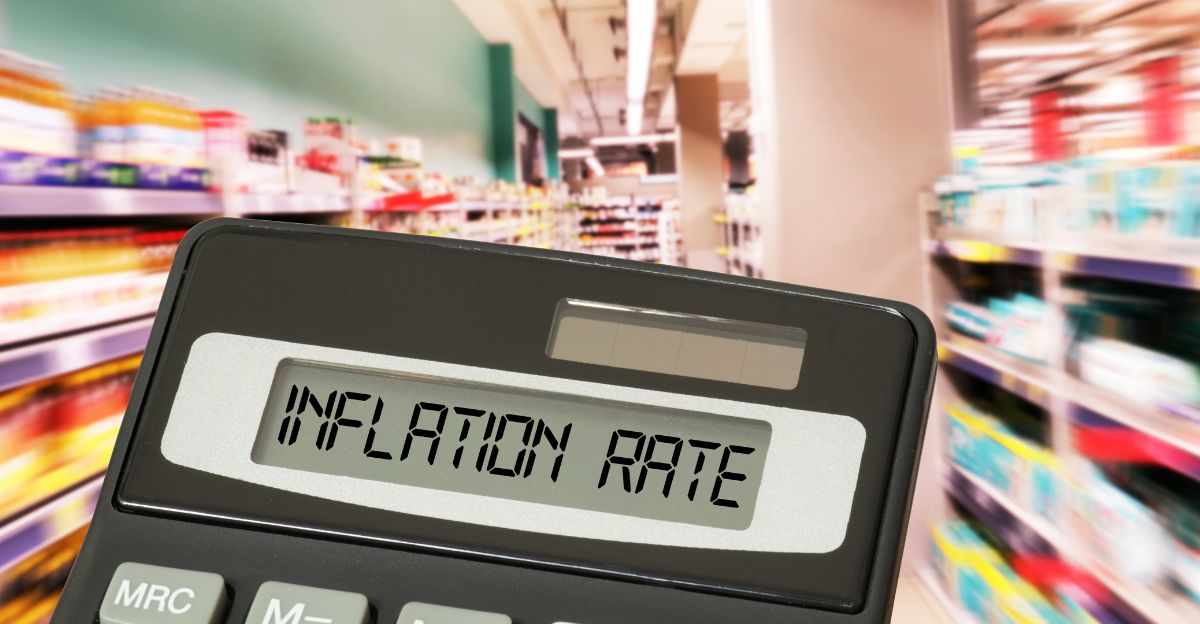
On a macro level, however, tariffs do more than raise prices — they also dampen economic growth. Both Yale and Victoria University models indicate that the effective tariff rate has risen to levels not seen since the 1930s.
The U.S. GDP is expected to contract by up to 0.7% in 2025, and payroll employment is expected to shrink by over half a million jobs. Some sectors — such as manufacturing—could see a slight uptick, but construction and agriculture will suffer.
The market now expects inflation to reach its highest level since 1991 over the next five years, fueling concerns at the Federal Reserve and among investors.
What Will Tariffs Cost Us Next?
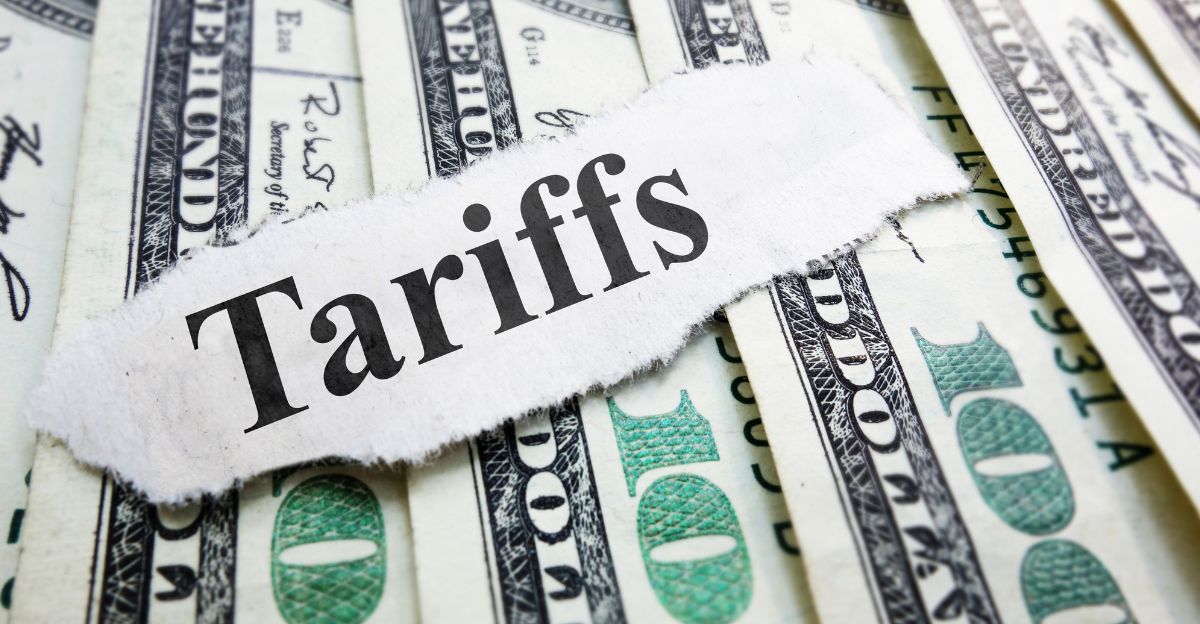
As summer yields back-to-school and holiday shopping, goods spending will increase, and the inflationary impact of tariffs is likely to become even more apparent.
Economists predict that everyday items will continue to rise in price, and that the full impact may not be felt until late 2025.
With U.S. trade policy still in flux and global partners responding to the tariffs with their own retaliatory measures, the question remains: Will tariffs bring longer-term economic benefit, or have Americans only seen the beginning of a prolonged price jolt?